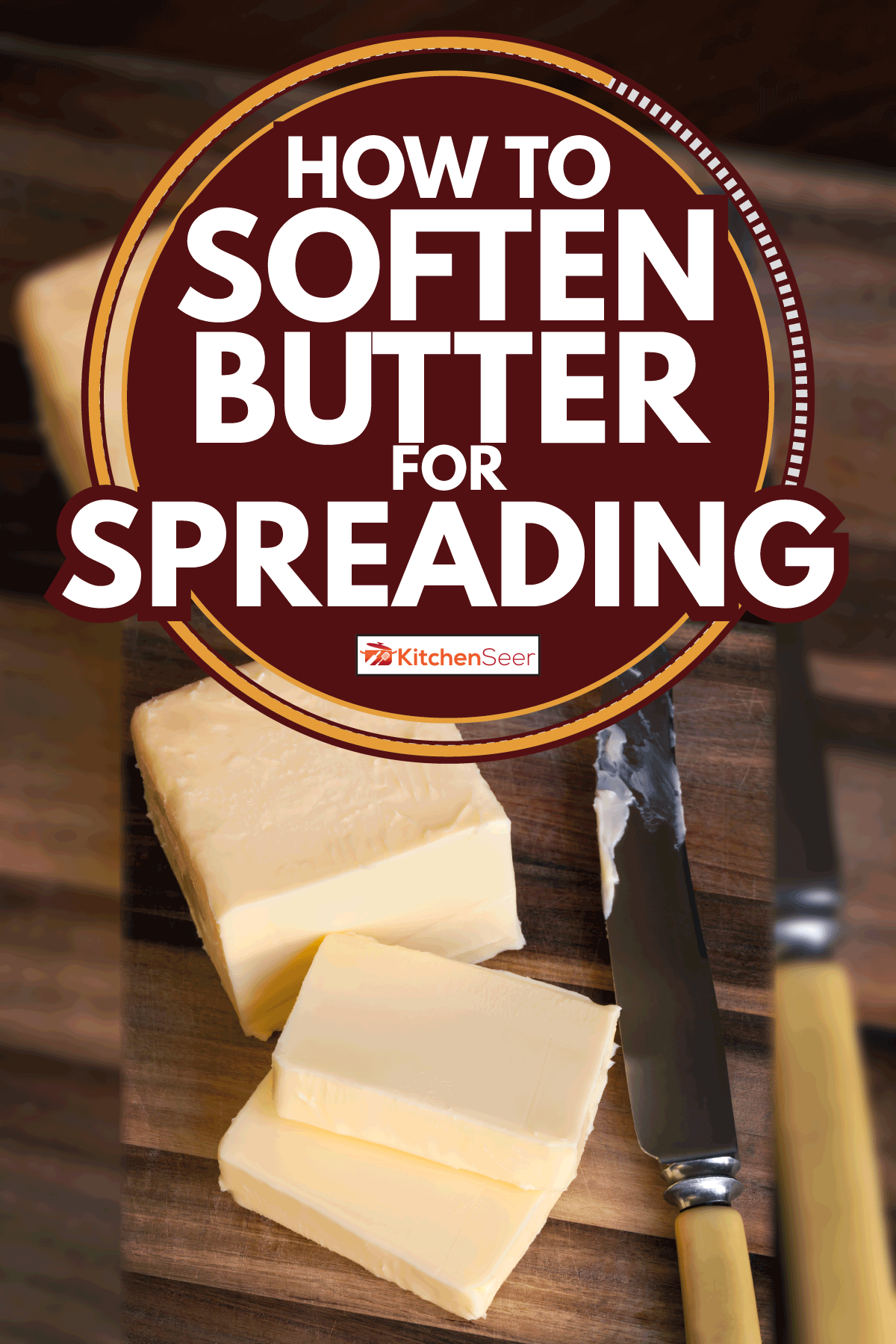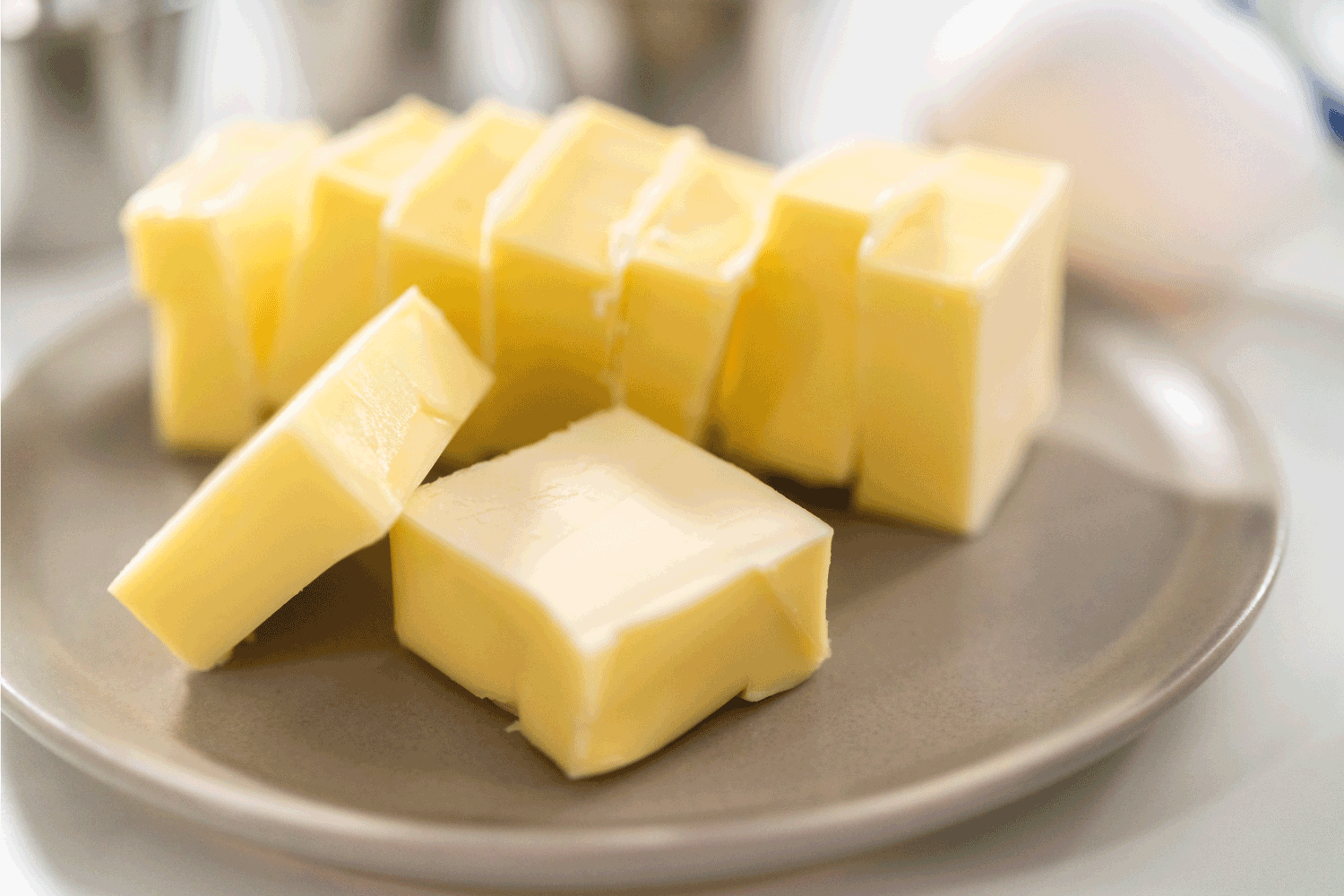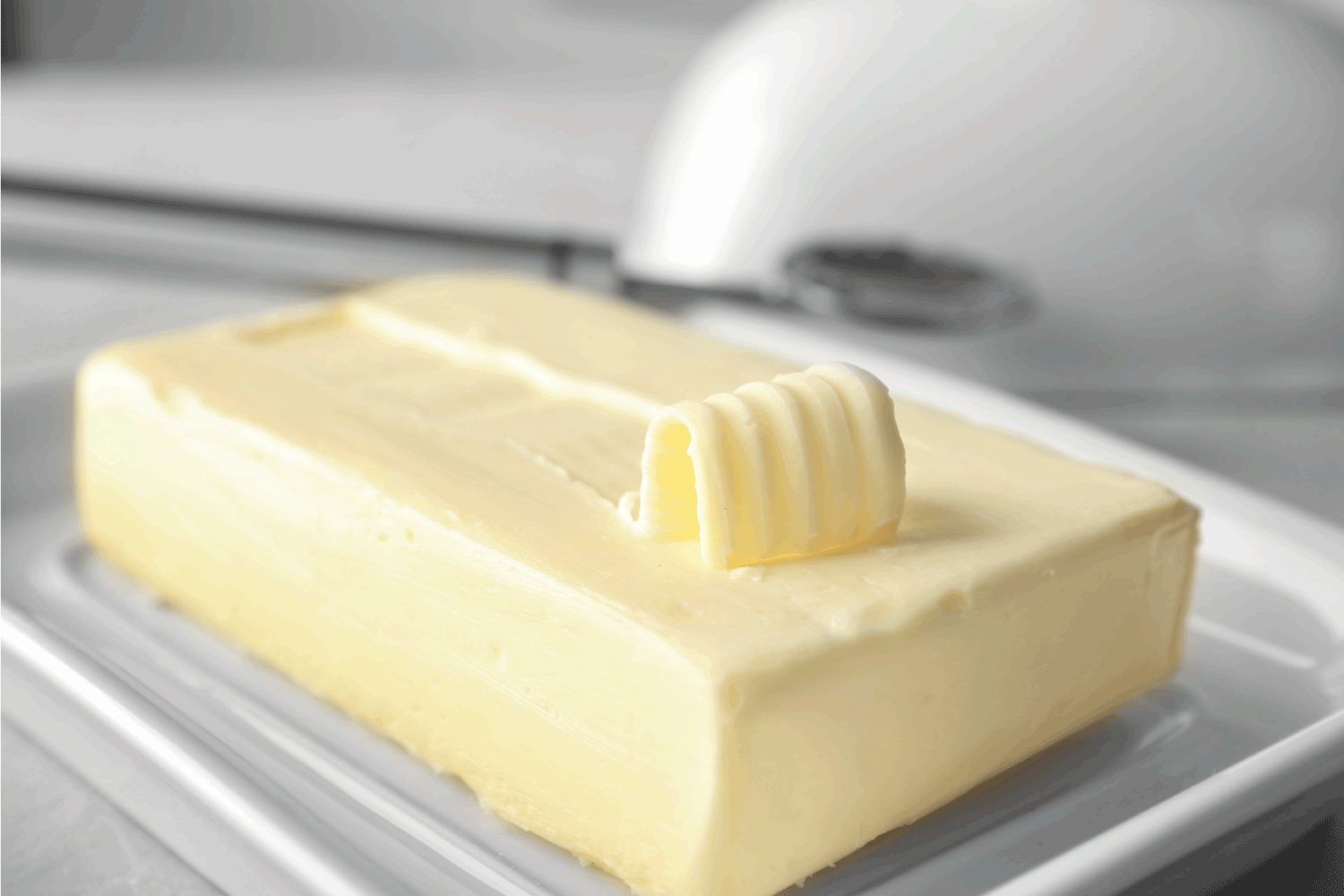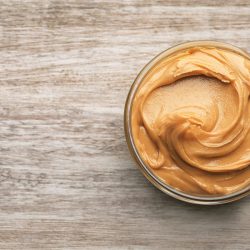Spreading creamy and soft butter onto a piece of toast freshly out of the toaster is an excellent way to start your day. When your butter is still hard, it can certainly diminish the taste of your breakfast toast. Maybe you have wondered how to soften butter quickly? Or what methods are most reliable for softening butter? We've extensively researched these questions and have found substantial answers to share with you!
Several methods will quickly soften butter in a matter of minutes:
- Cut the butter into cubes or grate it with a cheese grater.
- Microwave the butter for 5 seconds on the defrost, one of the fastest methods.
- Set the stick of butter on a cutting board, and roll it with a rolling pin to flatten and soften the butter within a couple of minutes.
- Set the butter on the counter at room temperature for 30-45 minutes to allow the butter to soften for spreading on bagels or slices of bread.
Perhaps you are curious about learning a few new methods for softening butter quickly? Or wondered if placing a glass over butter will actually soften it in a reasonable amount of time? Please continue reading; we have a considerable amount of interesting information to share with you!

Methods for softening butter
Several methods will soften butter without causing it to melt. Always check the butter's expiration date before using any of the following methods. Word of advice: thoroughly wash hands before handing butter.

Cutting butter into cubes method
Set the unwrapped sticks of butter onto a cutting board. Then cut the butter in half through the length of the butter stick and stack the halves on top of each other; cut lengthwise again. Next, stack the long strips and cut them across to create small cubes. The reduction in the mass of the butter will facilitate faster softening. The butter will soften in 15 minutes or less.

Countertop method
This method is the most common if time is not an issue. Place the refrigerated butter on a clean plate and allow it to sit at room temperature for 30-45 minutes to warm up. Whether your house is cooler than 68 degrees or it's wintertime, this time could vary. If the butter is frozen, allow 2 to 3 hours of room temperature exposure for it to soften completely.
Cheese grater method
Generally, this method is used for baking purposes. Set the cheese grater onto a plate and grate the cold or frozen butter against the largest holes. Allow the grated butter a few minutes to warm up, and your soft butter is ready!
Click here to view a stainless-steel cheese grater at Amazon.
Microwave method
Place the stick of butter unwrapped in a microwave-safe bowl and place it in the microwave for 5 seconds on the defrost setting or 30% power. Avoid using high temperatures; those will rapidly melt the butter and start to cook it, changing the flavor and rendering it unspreadable.
If the butter is frozen, microwave for 30 seconds, and if the butter is chilled from the refrigerator microwaving for 5 seconds or a bit longer should soften the butter to a spreadable consistency.
Click here to view the Black and Decker microwave at Amazon.
Rolling pin method
Unwrap the butter and place it between two sheets of parchment paper or in a Ziploc bag. Roll the butter until it is flattened and soft to the touch. Remove the butter from the bag or parchment paper, and it will be ready to spread.
Click here to view a rolling pin at Amazon.
How do you soften butter for toast quickly?
If you only need enough butter for one or two pieces of toast, you could place that amount of butter under a heated glass for one minute, and it will be spreadable. Or you could shave the amount of butter off the stick and set it on the hot toast and allow it 10-15 seconds to melt. If you are making a sizeable batch of toast, consider using the microwave method because you could soften a considerable amount of butter in seconds.
How do you keep butter spreadable?
Bon Appetit states that the best method to ensure you always have spreadable butter available in your kitchen is to store it in a butter keeper or dish. Before storing your butter on your countertop, you should determine the average temperature of your kitchen to ensure it is in the range of 67–72° F for successfully storing butter without risk of spoilage.
Using a butter dish is simple. Set the unwrapped stick of butter inside the dish and set it on the countertop where it is least likely to be disturbed.
Click here to view a butter dish at Amazon.
Butter keeper crocks are another option that provides aesthetic appeal and functionality all within one small gadget. Also, these can be set on the countertop and will keep the butter softened and protected from debris and light. The water in the crock keeps the butter at a consistent temperature and doesn't allow much oxygen to come in contact with the butter, which helps reduce potential spoilage:
- Wash the keeper crock.
- Place one stick of softened butter into the bell.
- Set the bell at the bottom of the keeper crock.
- Replace the water in the keeper crock every two to three days.
Click here to view a butter keeper crock at Amazon.
Wondering if you could add salt to your unsalted butter? Click here to read our article on this topic!
Can you soften butter by putting a glass over it?
Yes, this method is easy and effective for softening butter in a hurry. To begin, place the desired amount of butter on a plate. Next, fill a microwave-safe glass with water and place it in the microwave until the water is hot, not boiling.
Remove the hot glass from the microwave and pour the water out. Place the hot glass over the butter on the plate. Allow it to sit undisturbed for approximately one minute. Remove the glass, and your butter should be softened and ready for your toast.
If you do not have a microwave, you could fill the glass with hot water from the tap and let it sit for 2 to 3 minutes to heat. Then place it over the butter for one minute. Word of caution--the glass will be hot. Consider wearing oven mitts to protect your hands.
Click here to view oven mitts at Amazon.
How long does it take to soften butter at room temperature?
Generally, chilled butter straight from the refrigerator will require 30-45 minutes to warm to room temperature and fully soften. Frozen butter will need 2 to 3 hours to soften. These guidelines were based on 68–72 °F as the standard indoor room temperature for modern homes. Although, if your home is cooler or warmer than these temperatures, this will change the amount of time required to thaw or soften the butter.

Perhaps you have a surplus of butter and are wondering if you could refreeze the extra butter? Click here to read out article all about re-freezing butter.
What's the best way to soften butter?
The most common method to soften butter for spreading it is to briefly microwave the butter or soften it at room temperature. However, first, determine what you will use the butter for prior to deciding the best method for softening butter.
If you are softening a small amount of butter for a slice of toast or two, the best option would be to place the small amount of butter under a hot glass. Suppose time is not an issue; set the butter on the countertop to gradually warm at room temperature. Generally, this is considered the best and most reliable method.
Additional thoughts
All methods mentioned in this article were designed for commercially manufactured butter that was fully pasteurized. Homemade kinds of butter are not applicable for any of the methods mentioned above because homemade butter is not pasteurized and could host an array of dangerous bacterias that will grow and replicate if left to sit in a butter dish on the countertop.
In closing
Spreadable butter is a great addition to many dishes and foods. Finding the correct method to pair with your recipe or toast is helpful for creating a memorable breakfast or meal. We hope this article has helped you further your butter-related knowledge base. Please visit Kitchenseer.com soon for more exciting culinary information and inspiration!
Be sure to check out some of our other posts regarding similar topics:
Should You Melt Butter For Chocolate Chip Cookies?
Should Sunflower Butter Be Refrigerated?
Does Butter Dissolve In Water?












![A glass jar with creamy peanut butter on wooden table, Can Peanut Butter Go Bad In Heat? [Yes! Here's How To Tell If It's Spoiled!]](https://kitchenseer.com/wp-content/uploads/2022/10/Glass-jar-with-creamy-peanut-butter-on-wooden-table-250x250.jpg)